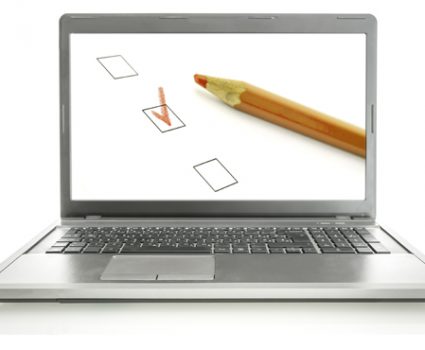
It pays to pick the right metrics when proving the value of electronic records management systems
In a three-part post we will take a look at the vital role of metrics in monitoring the performance of your RM program and demonstrating the ROI of your electronic records management system.
It has always been a challenge for records and information management (RIM) professionals to demonstrate the value of their work to an organization. Anyone who has been working in the field for long will be familiar with the refrain, “senior management does not understand why records management is important!”
In recent years, the challenge of demonstrating the value of RM has been compounded by the emergence of electronic document and records management systems (EDRMS). As the volume of electronic information has grown, EDRMS has been a welcome tool in the efforts to manage records and non-records alike. However, because EDRMS systems represent a major human and financial investment for organizations, the purchase and use of these systems comes with a high degree of senior management scrutiny.
Metrics are key
For records management professionals, this means added pressure – not only to demonstrate the ROI of the EDRMS, but to further demonstrate the value of the RM program itself. Reliable metrics are essential to doing this well, and the good news is that the electronic nature of EDRMS makes metrics easy to come by.
The bad news is that those metrics are often the wrong ones for the job.
For example, many organizations fall into the trap of looking at typical software metrics such as the percentage of staff using the system. The bigger the number, the better we’re doing, right? Not necessarily. In most organizations, management-level staff are the ones most likely to create official records in their electronic communications. If one of the goals of your EDRMS is for more official records in a managed electronic repository, then you may not get the best sense of that if you only look at total user uptake. Monitoring the use of your EDRMS specifically among management-level staff is a much better way to gauge whether more of your official records are being managed within your EDRMS.
Why it pays to pick the right metrics
This example demonstrates the careful consideration required when choosing metrics to evaluate an RM program and an EDRMS implementation. Usually, many metrics will be required. For each, it is essential to be clear on the benefit of the actions or outcomes that are being measured. This helps you decide if it’s the right metric and how often it needs to be looked at.
Choosing the right metrics takes time, but it delivers many benefits:
- It will make it easier to demonstrate value to senior management and to secure additional funding as needed.
- When you know what’s working and what’s not, your RM efforts will be more focused and effective.
- Analysis of your program will be more efficient. Nothing wastes time like discussing or chasing down red herrings thrown up by the wrong metrics.
In the follow-up posts we will look in more detail at how to choose the right metrics for your RM program, as well as some of the key metrics to look at when evaluating your EDRMS.
Next Steps
- Learn more about picking the right EDRMS metrics in our free white paper, Go Beyond Counting: Metrics That Matter in Your EDRMS.
- Discover TAB FusionRMS, an enterprise-class records management software platform that provides multiple metrics to demonstrate the value of your RM program.
- Speak to a TAB expert for assistance choosing the right metrics for your RM program.





